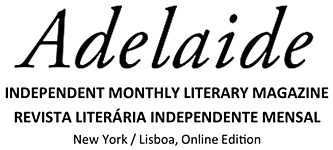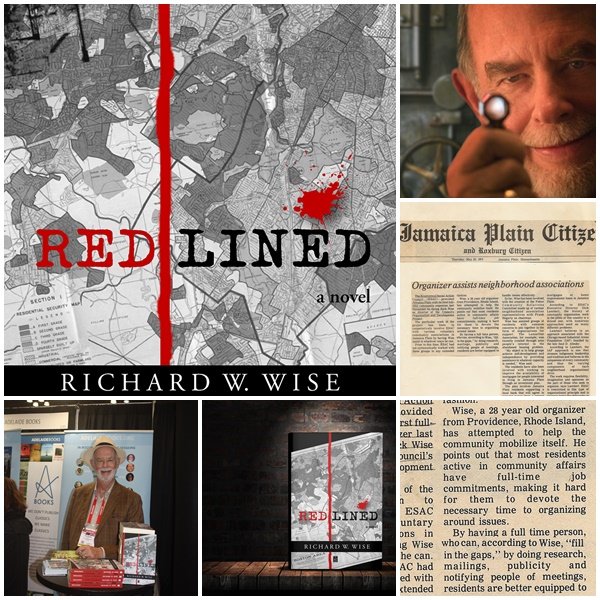AT THE BOOK FAIR WITH RICHARD W. WISE
AN INTERVIEW WITH THE AUTHOR OF THE
REDLINED, A NOVEL OF BOSTON
Tell us a bit about yourself – something that we will not find in the official author’s bio?
I was born and grew up in a small town outside Providence, Rhode Island. Of course, Rhode Island is so small, every town is just outside of Providence. I simultaneous flunked and was tossed out of high school at age 17. Unfortunately, I was dyslexic and had ADHD long before either was diagnosable, so I was being constantly told that I was not working up to my potential. What saved me? I was a voracious reader.
I Joined the U. S. Coast Guard and mustered out at 21 with a high school GED and a two year college equivalency certificate. Armed with those I was able to talk myself into junior college and went on to get my AA and then transferred to the University of Rhode Island and received my BA. I was awarded a full scholarship and teaching fellowship from the University, but got bored and dropped out just short of an MA in Philosophy.
Do you remember what was your first story (article, essay, or poem) about and when did you write it?
I wrote a book called Harpy the Frog when I was about 12. It was about a smart frog with a huge pocket from which he could pull anything from a bomb to a phone booth. He had a sidekick, of course, a big, fat, dumb frog named Slobolian. My mother printed it on her office mimeograph. I think I stole the idea from a guy up the street
What is the title of your latest book and what inspired it?
When I was in grad school I read Saul Alinsky’s Rules for Radicals. Like many children of the 60s I set out, after college, to save the world. I became an Alinsky style organizer. Redlined was inspired by a successful organizing campaign I ran in Boston in 1974-75.
Saul Alinsky was and is quite controversial. Some people say he was a Communist, other’s that he was a devil worshipper. What’s the truth?
Most of what you read about Alinsky is pure horseshit. If the Communists ever took over, Alinsky would have been one of the first guys stood up against the wall and shot. Alinsky was an iconoclast. If you could categorize him, politically, you’d have to say he was an Athenian democrat.
You’ll hear a lot of talk about Alinskyism. There’s no such thing. It’s not an ideology, it’s a methodology, a tool kit of techniques based on the belief that man is fundamentally motivated by self-interest. A method is politically neutral. Alinsky’s techniques have been adopted by everyone from Act Up to the Tea Party.
How long did it take you to write your latest work and how fast do you write (how many words daily)?
I am driven, but unorganized. I am a fast, sloppy writer. The Redlined manuscript published by Adelaide is the 14th revision. I don’t right at any fixed time and I don’t write daily, but after a few days, guilt drives me back to the page.
Do you have any unusual writing habits?
I write on a computer. I Love it. I much prefer an empty screen to the bare page. There is something much less sacred about words on a screen. Just click select and delete.
Is writing the only form of artistic expression that you utilize, or is there more to your creativity than just writing?
Writing is about it. Beyond that I am a collector. I collect art and rare books.
Authors and books that have influenced your writings?
Hemingway is a big influence. I don’t write like him, but I find his work, the best of it, to be inspiring. In For Whom The Bell Tolls, the words seem to dissolve away and you more or less effortlessly absorb the narrative. I’m also a big fan of Frederick Forsyth’s thrillers. I like his style and the step by step how-to he threads through his stories. After reading The Dogs of War, I believed, I too could take over a small African country.
What are you working on right now? Anything new cooking in the wordsmith’s kitchen?
My latest is a Prehistoric novel set about 35,000 years ago in France. My inspiration is the wonderful charcoal drawings found on the walls of Chauvet Cave in the French Dordogne. How could anyone call the artists who produced those masterpieces, primitive?
How do you research a book like that?
The book is set in what’s called the Aurignacian Period (35-40,000 BCE). We don’t really know that much about the period; what people were like, how they lived, which means I can make up a lot of stuff and who can argue? Archeologists, anthropologists and others such as ancient life re-enactors have put together quite a plausible picture of life in preliterate times.
My first novel, The French Blue, is a historical novel set in the 17th century gem trade. It tells the backstory of the Hope Diamond. Working on it, I discovered the joys of historical research.
Recorded history covers barely 8,000 years. Given the advances our species has made in recorded time, is it reasonable to believe that for the first over 190,000 years of our existence, all we could do was scratch beneath our armpits and grunt?
Did you ever think about the profile of your readers? What do you think – who reads and who should read your books?
You know, I’m not sure. I’ve written three and a half books and each one is different. The first, Secrets Of The Gem Trade, is a connoisseur’s quality guide. The second, The French Blue is a historical novel.
When it comes to novels, I like a good story, well told with interesting characters and unusual situations with a lot of adventure sprinkled in. The latest style in literary fiction, which features the quotidian ramblings of uninteresting people bores me to tears.
Do you have any advice for new writers/authors?
I became a goldsmith and got involved in the gem trade in the early 1980s. I received my Graduate Gemologist diploma and started writing articles on gemstones in my early 40s. I’ve published dozens of articles and been a columnist for two major trade magazines.
I started writing fiction seriously at about 50. When I turned 68, I retired to write full time. By that time, I was pretty secure financially. In today’s world, a writer, even a very good writer, has a tough road ahead if he/she expects to making a living.
What is the best advice you have ever heard?
I guess I could rattle off a few quotes from the great and near great, but how’s this: “The American dream does not come to those who fall asleep.” Richard M. Nixon. Then I’d add; “It takes no longer to sell a product for ten thousand dollars than it does to sell one for ten dollars.” I followed this advice throughout my career until, that is, I became a writer.
How many books you read annually and what are you reading now? What is your favorite literary genre?
Lord, reading is a passion. I never counted. Maybe 50, 100, depends on the year. I love historical fiction, straight history, art history, adventure, philosophy and biography. Have I left anything out? Oh yes, Science Fiction, some Fantasy and the odd Dystopian novel as well. Currently, I’m reading The Hunger by Alma Katsu and a book about one of the few female Baroque artists, Artemisia Gentileschi. She was a follower of Caravaggio.
What do you deem the most relevant about your writing? What is the most important to be remembered by readers?
The theme is human nature. I’m afraid my view is pretty dark.

What is your opinion about the publishing industry today and about the ways authors can best fit into the new trends?
I wish I knew. It’s a brave new world that doesn’t work well for writers. More and more of the marketing is piled onto the author’s shoulders. It’s the strangest business in the world. As a gem dealer it was pretty straight forward. I give you the gem, you pay me the money. In publishing, the author supplies the product often after years of hard work. He doesn’t get paid. The publisher prints the book and ships it to the wholesaler who doesn’t pay for it. The wholesaler ships to the retailer who also doesn’t pay for it until or unless it’s sold. If the retailer doesn’t sell it, it’s simply sent back, often in unsalable condition. As I said above, it’s a tough profession.
Thank you and good luck with your future endeavors.




















